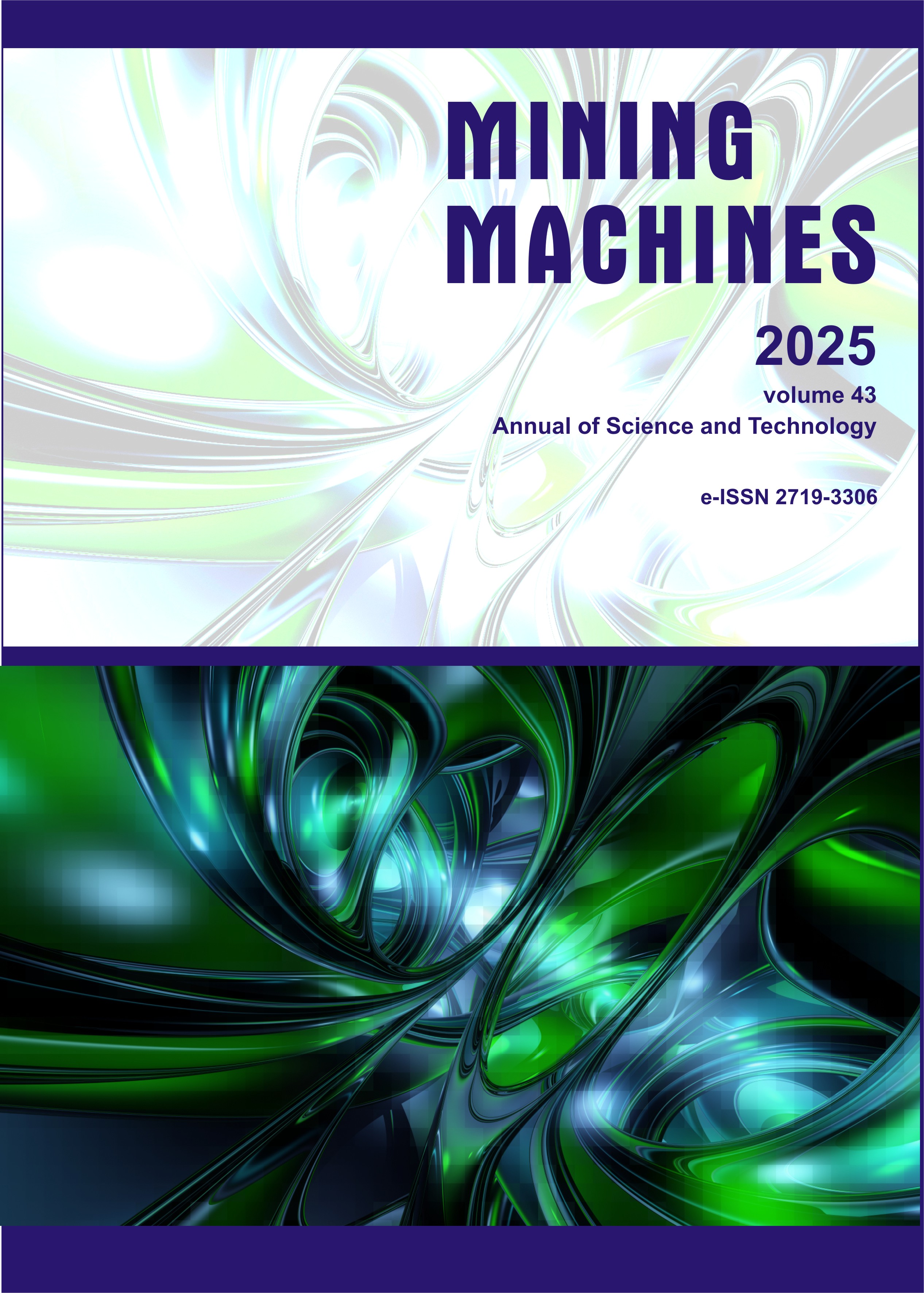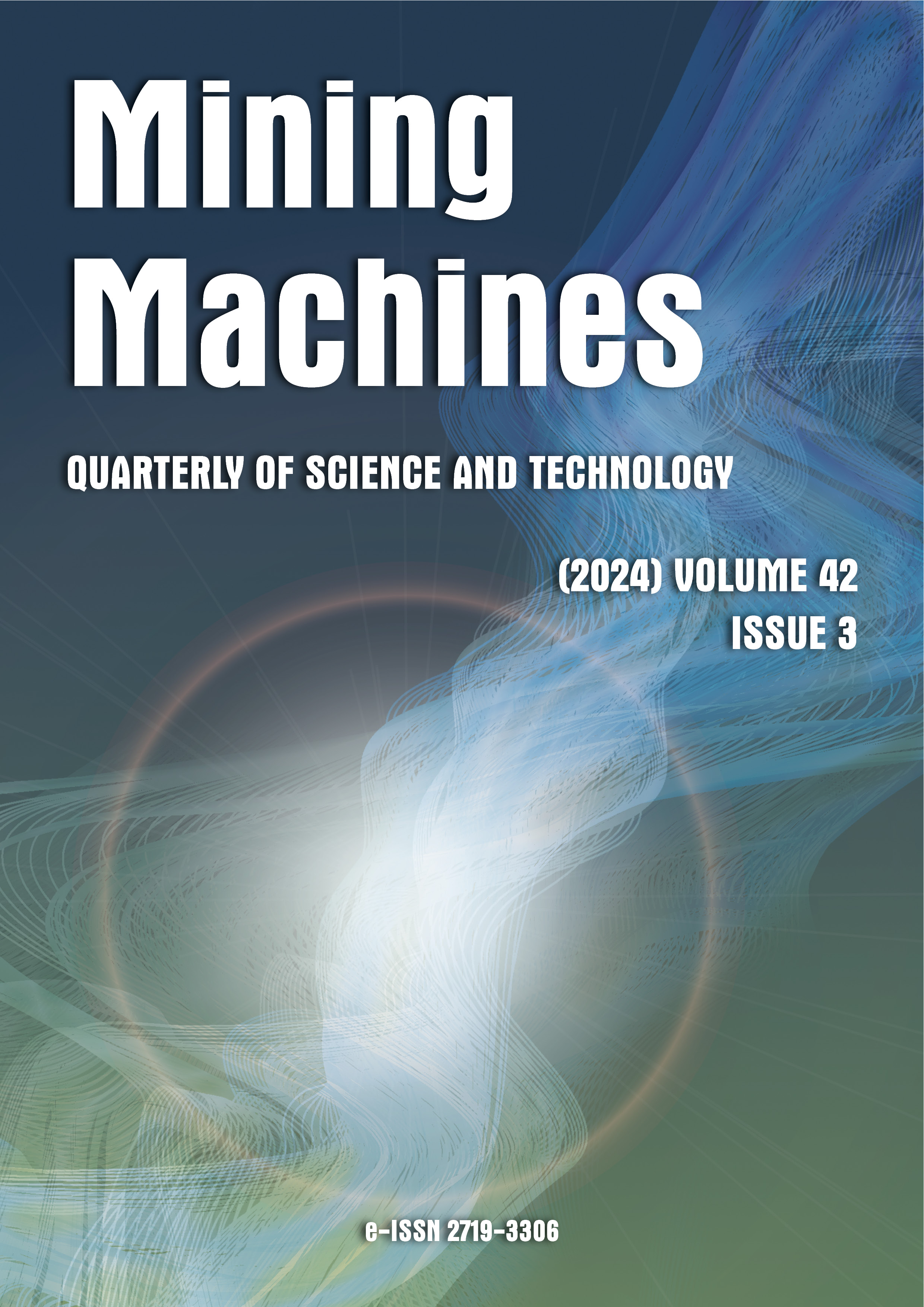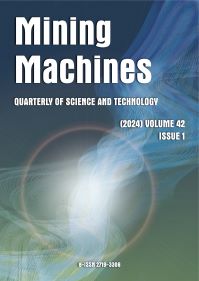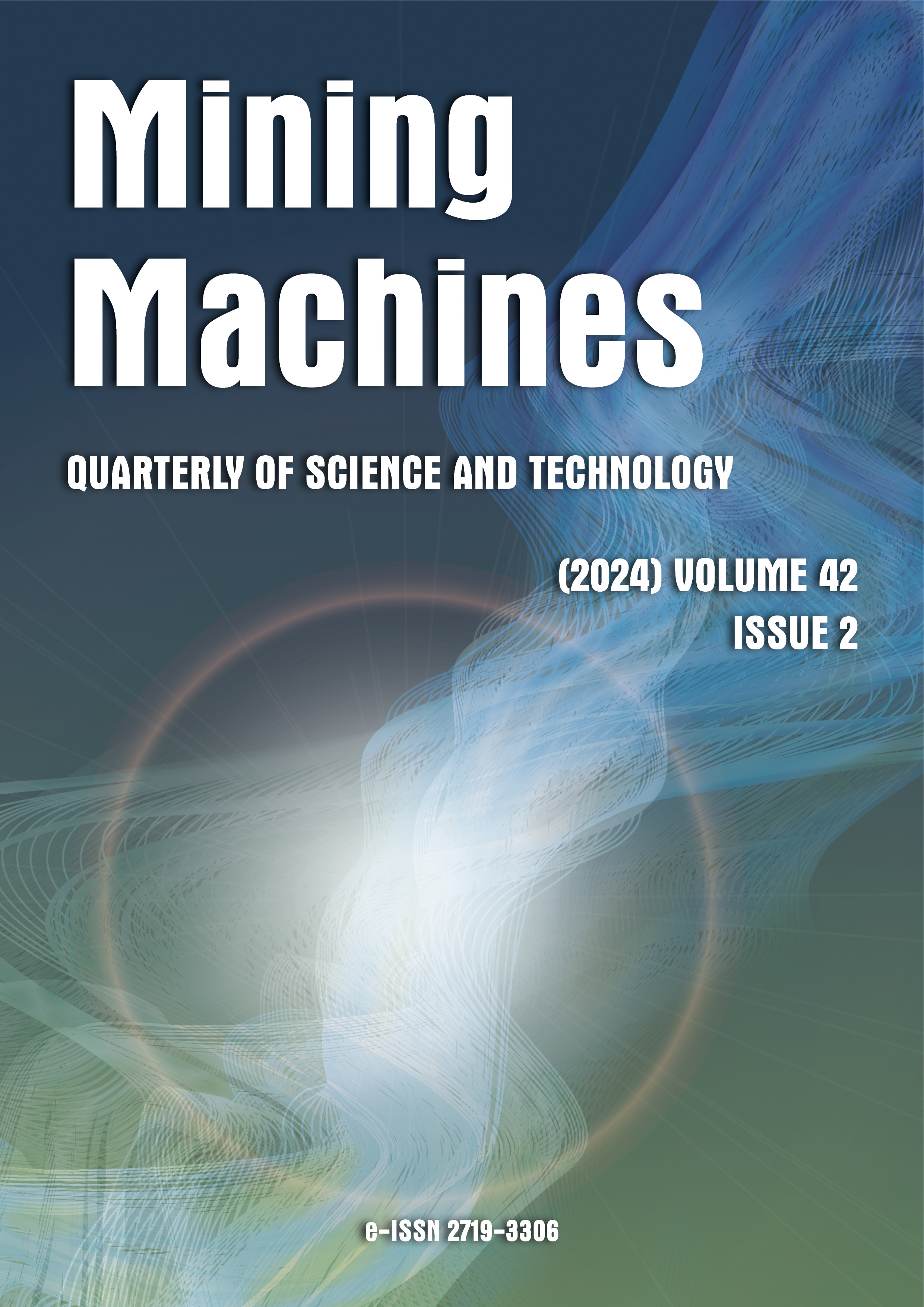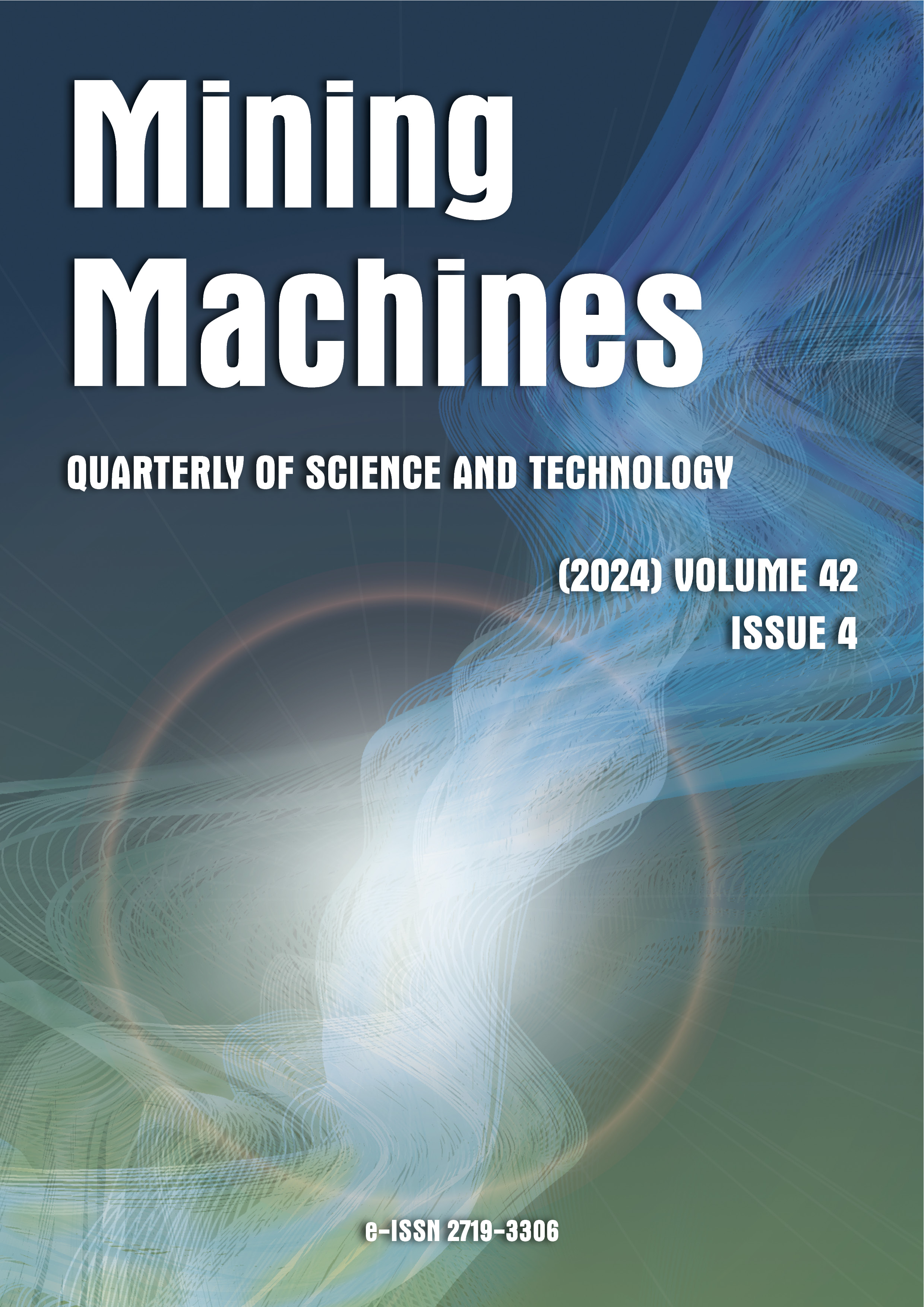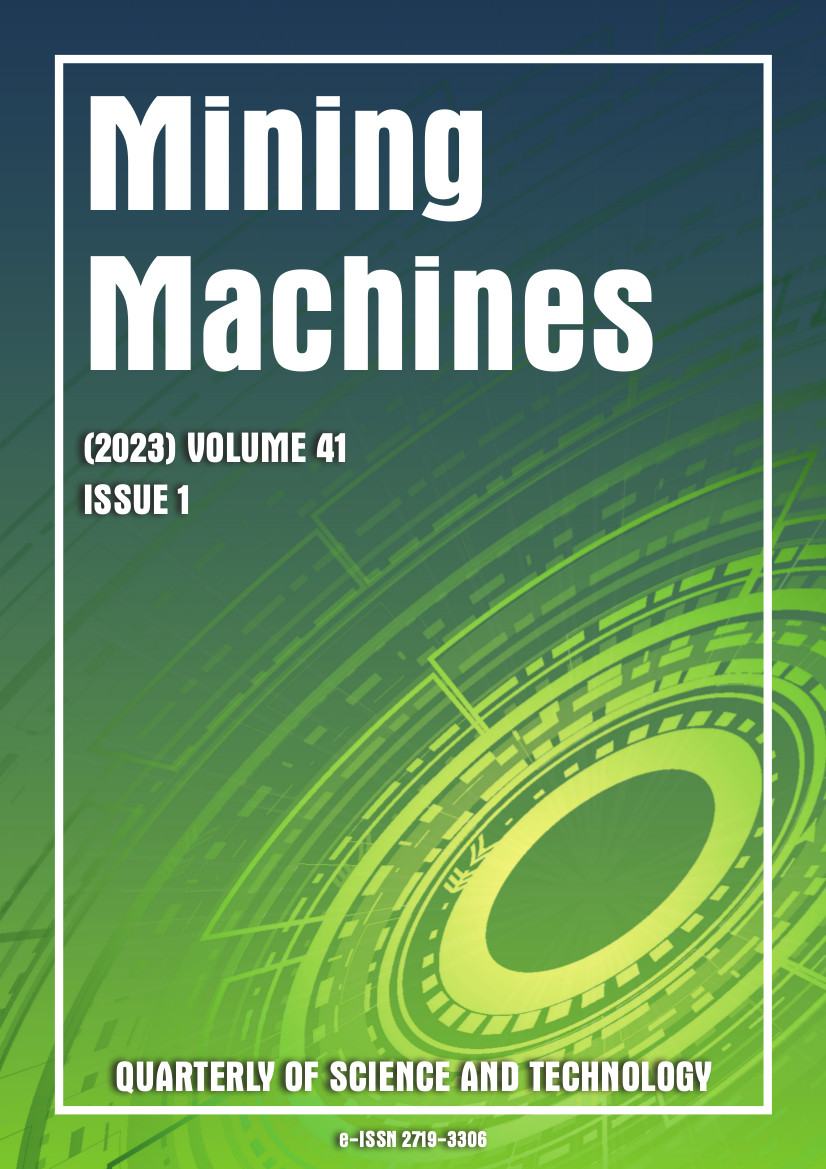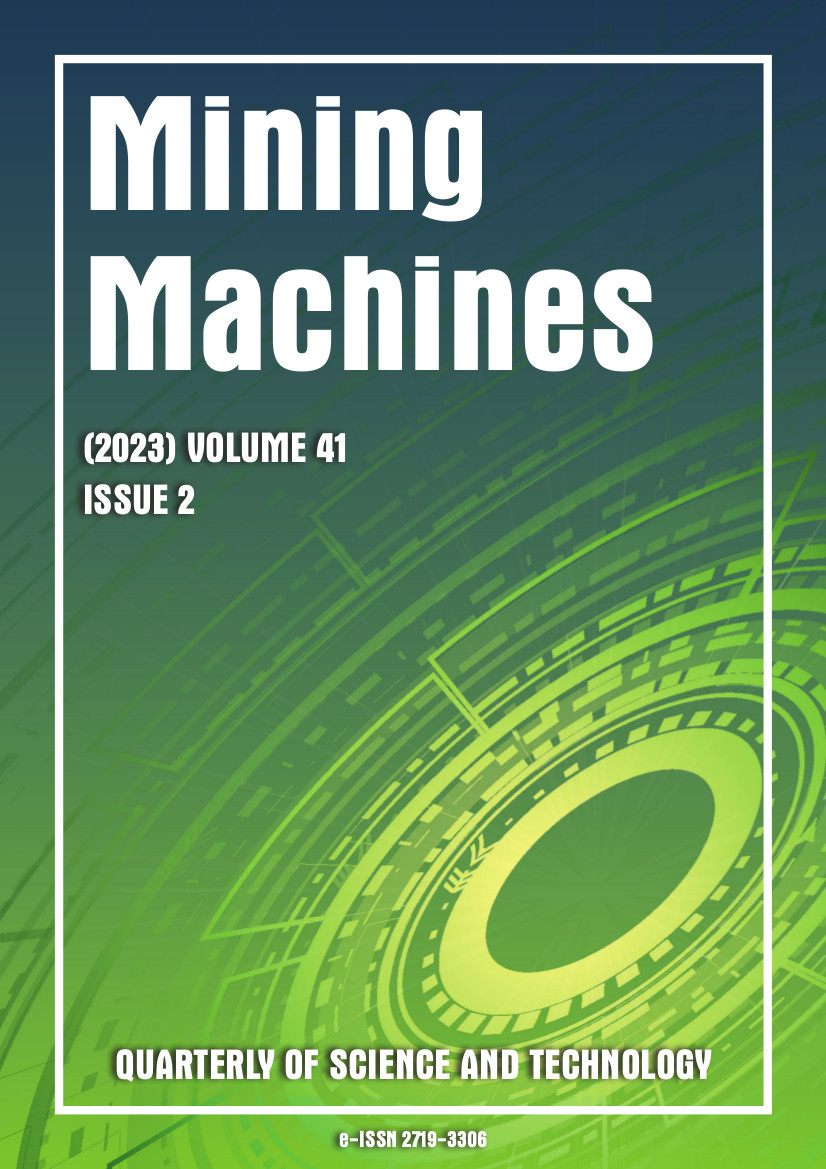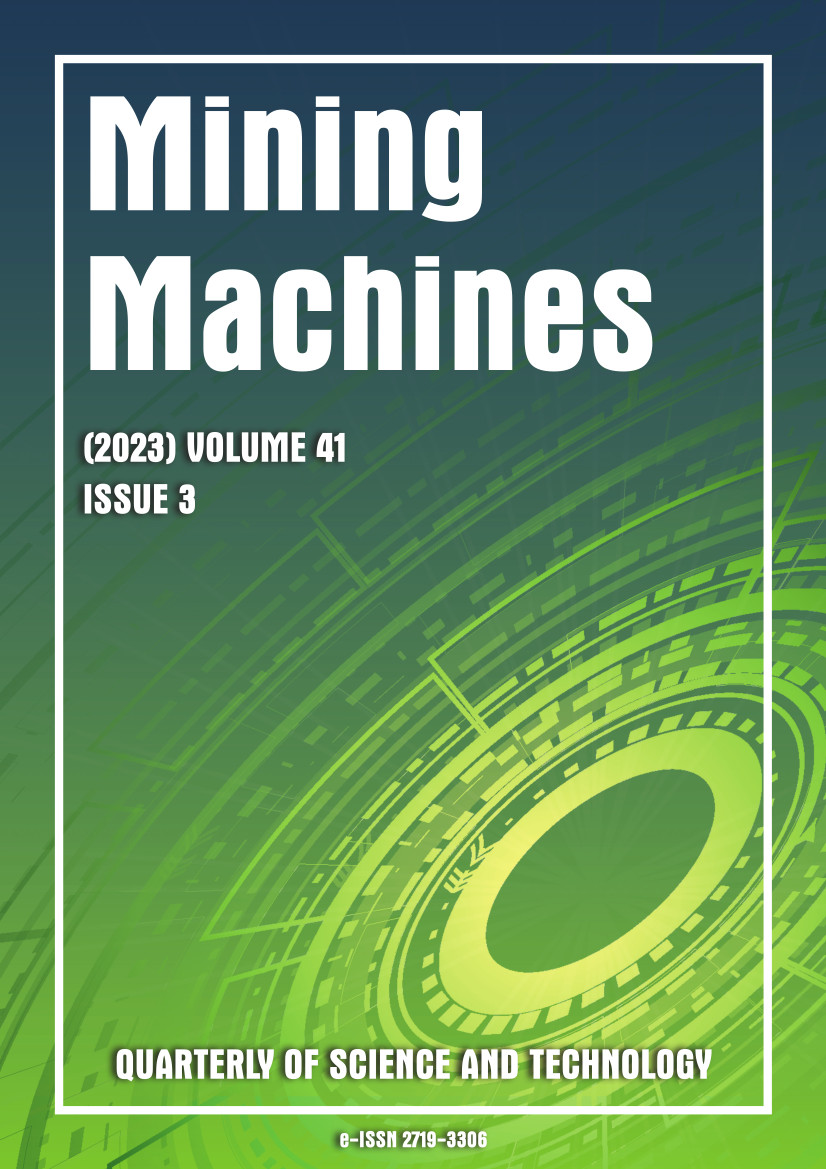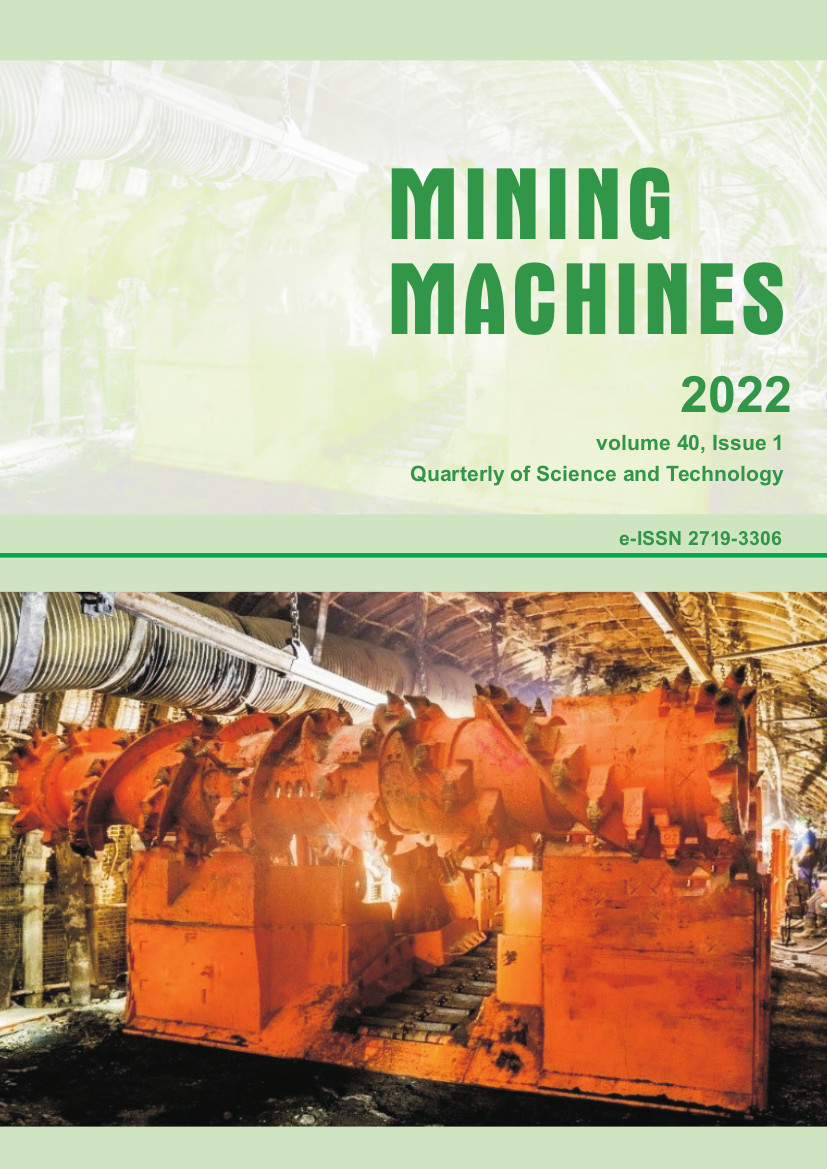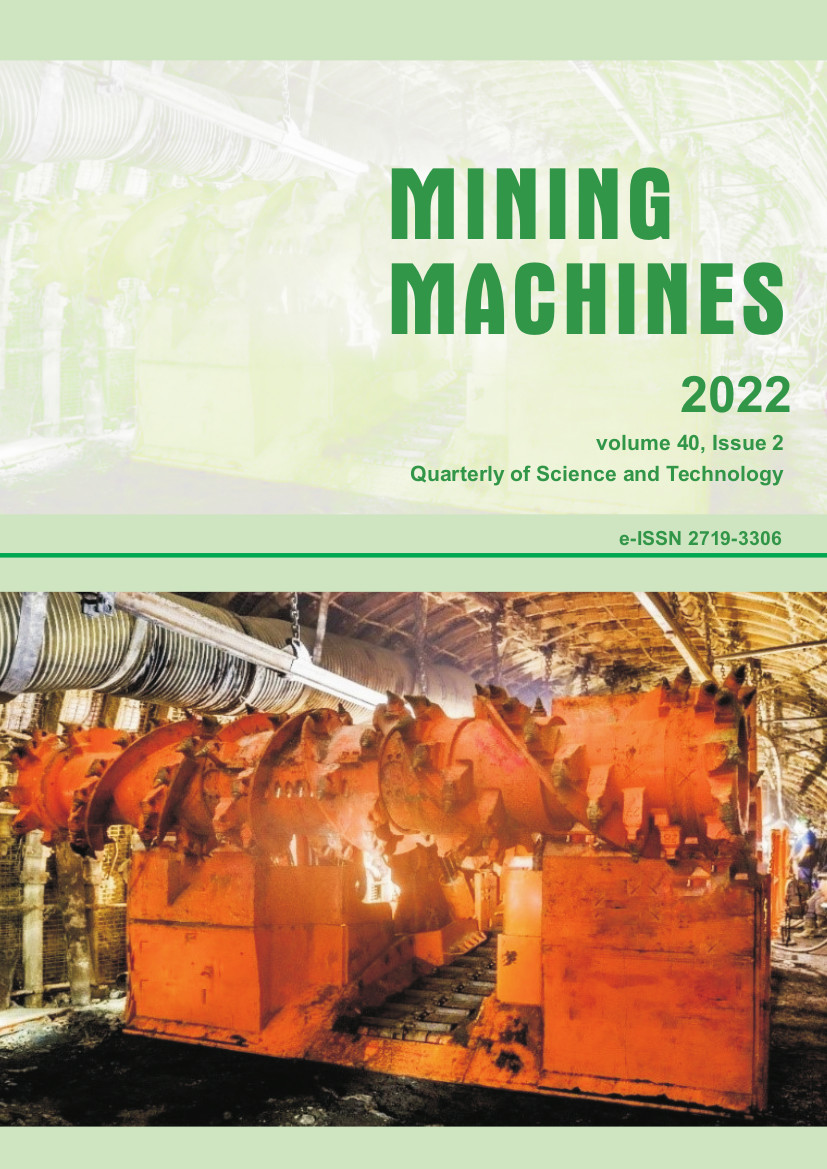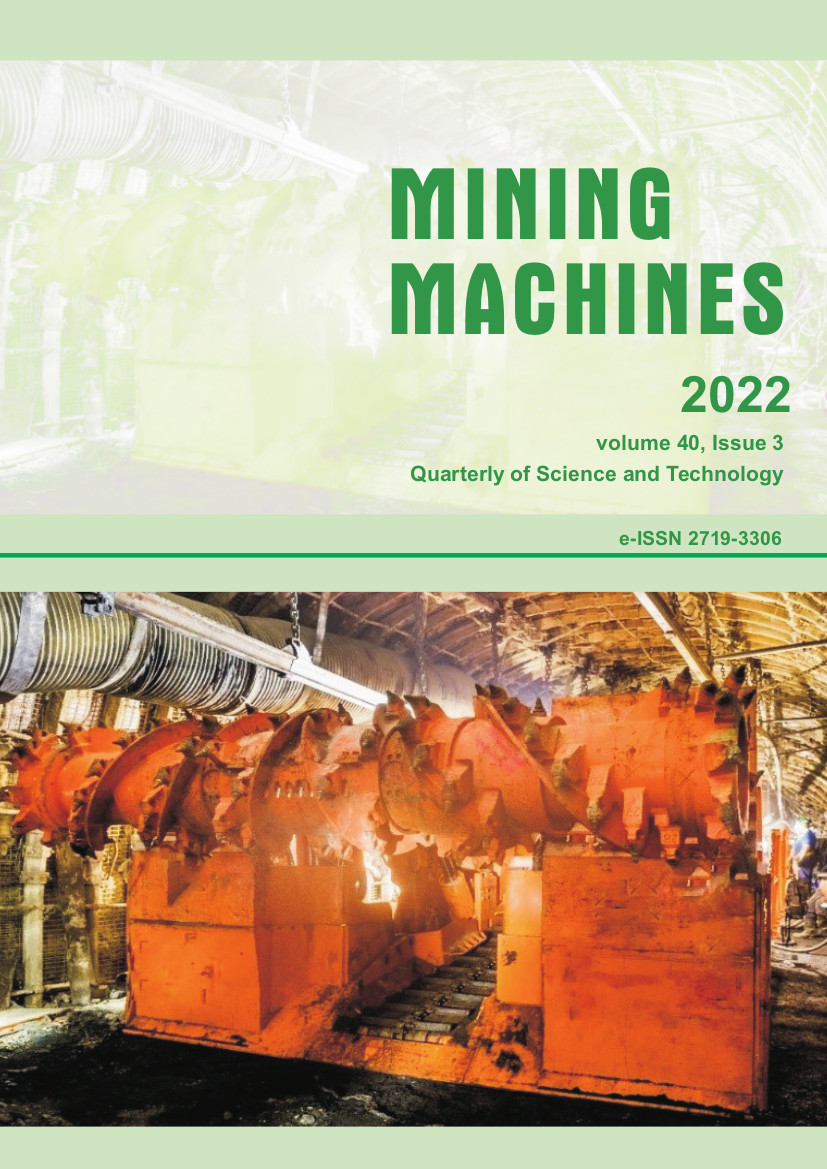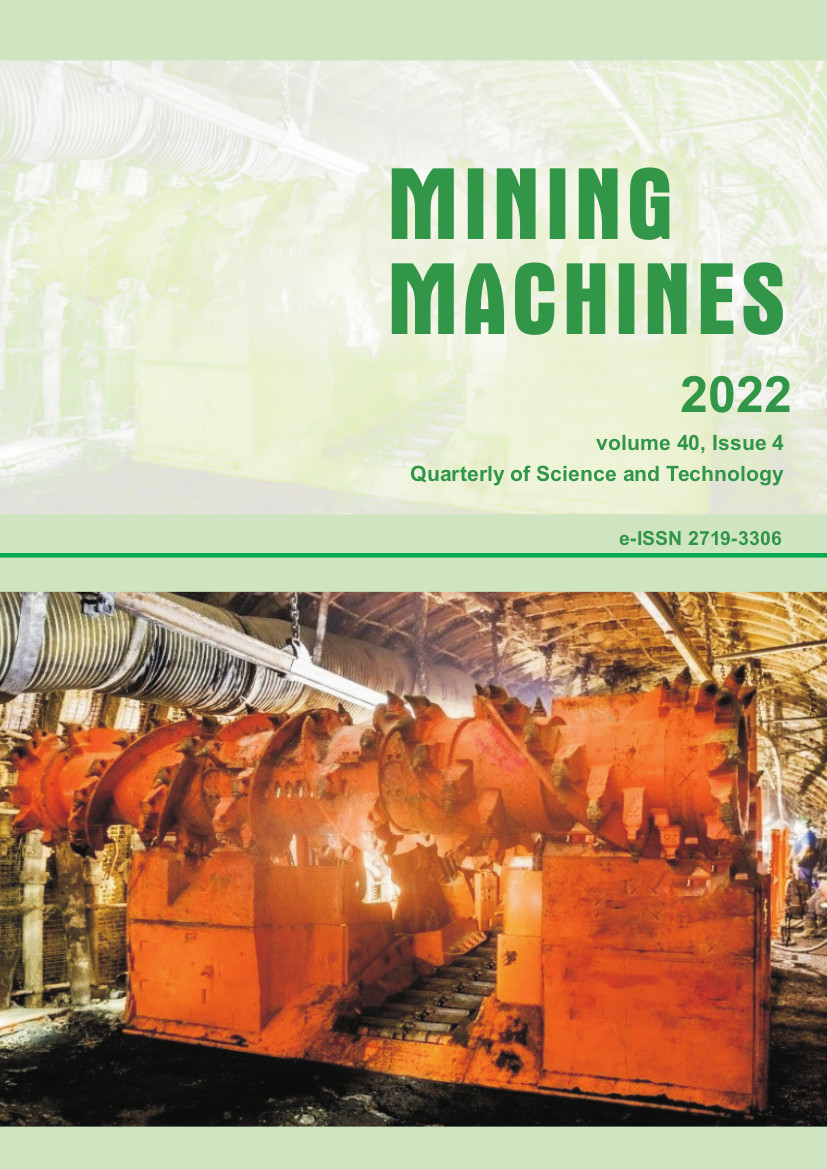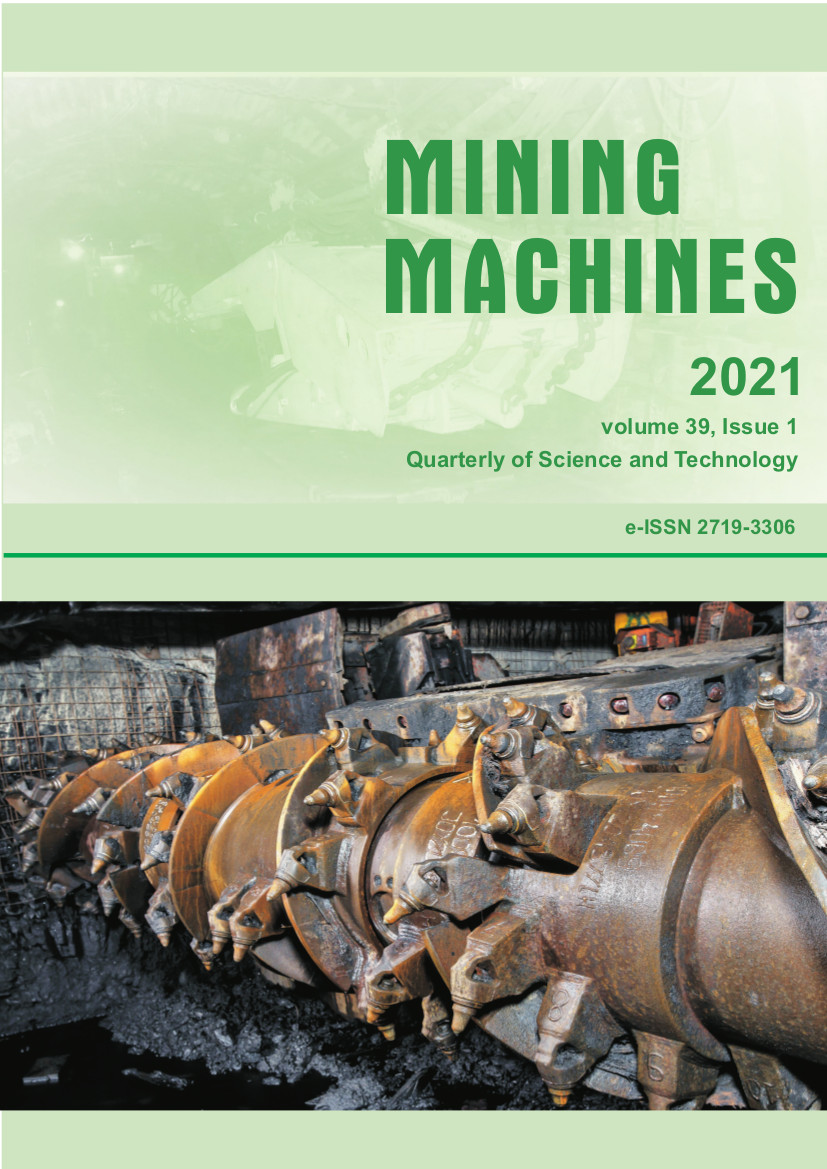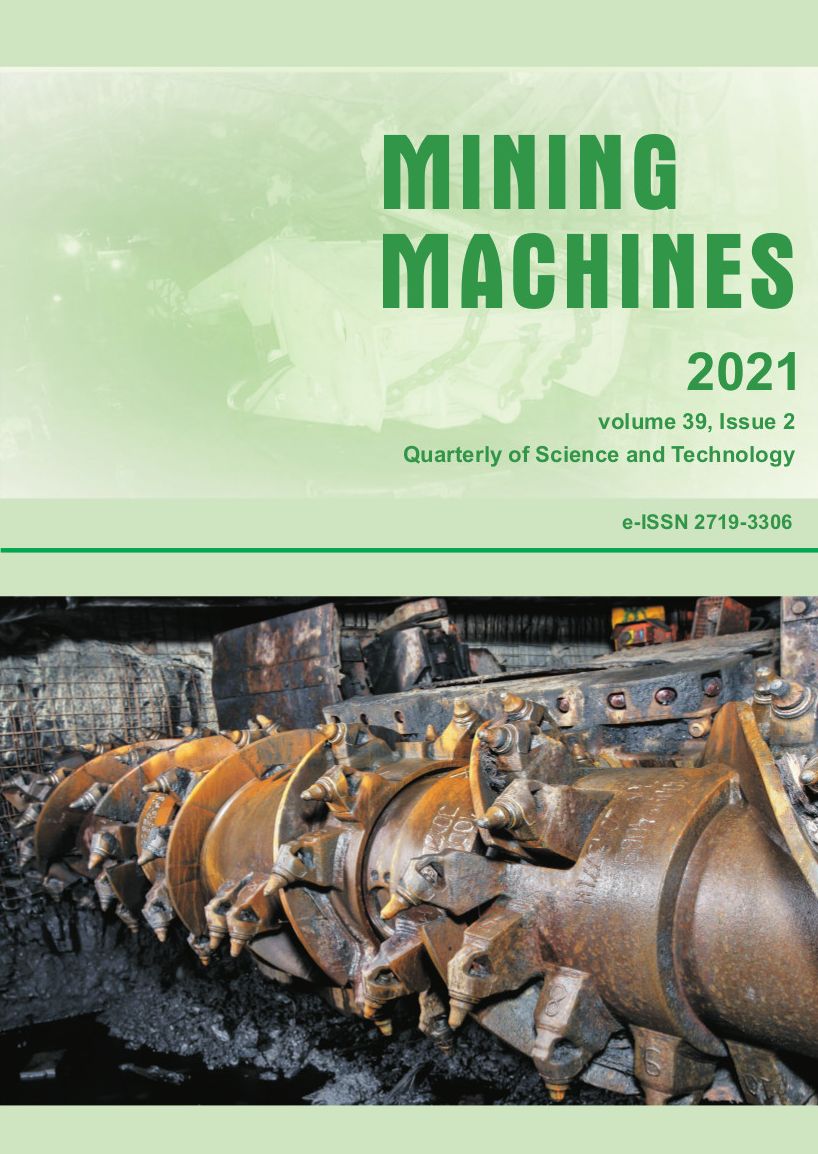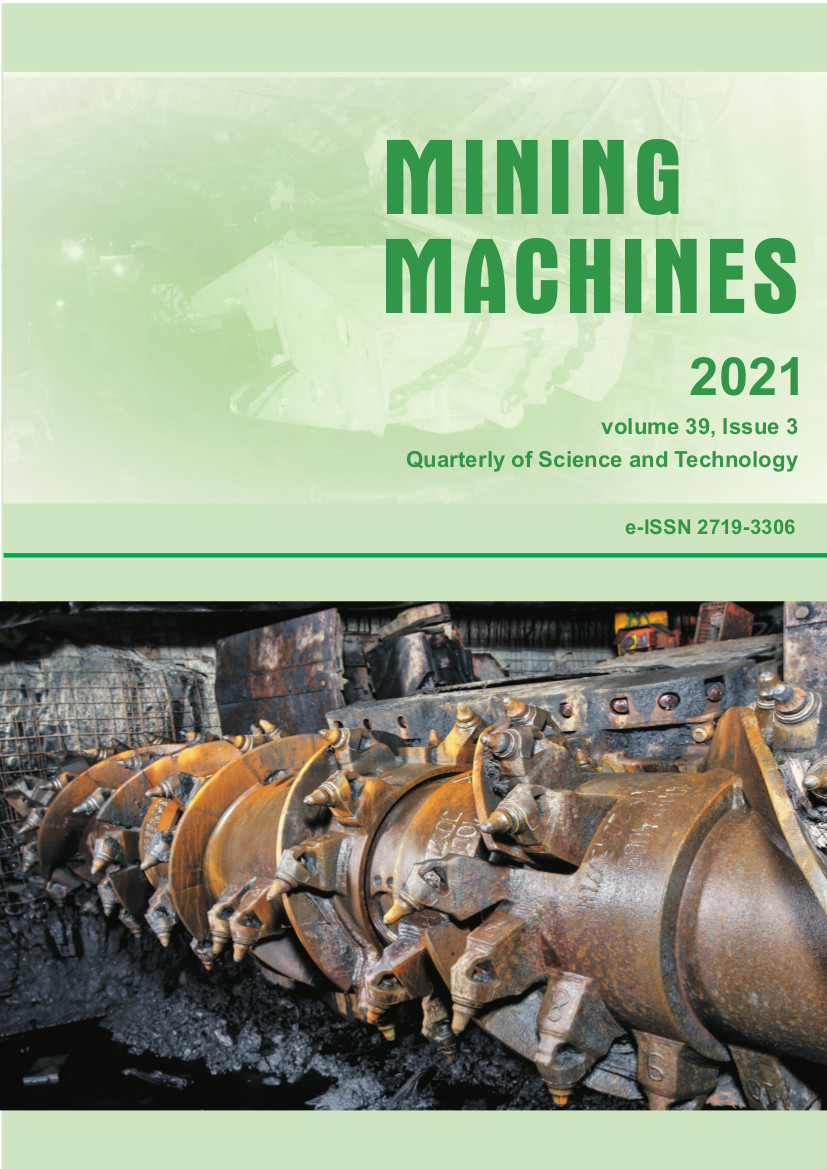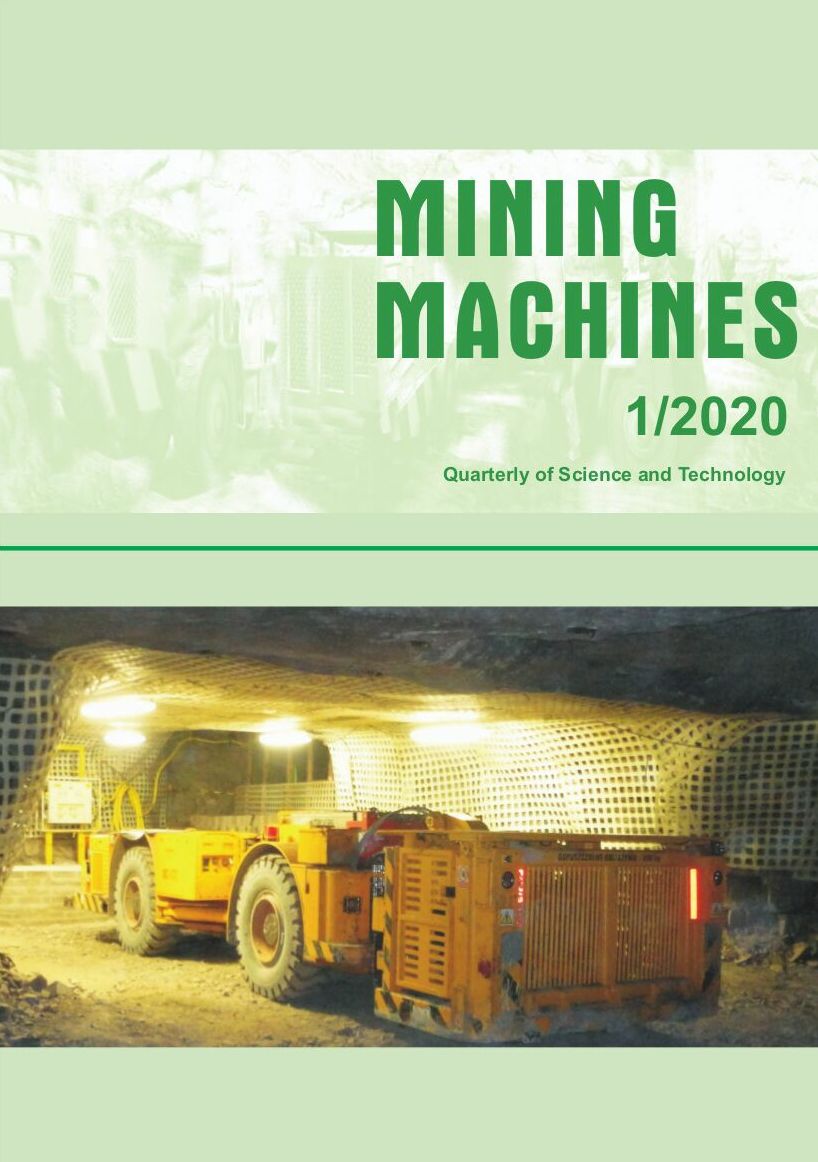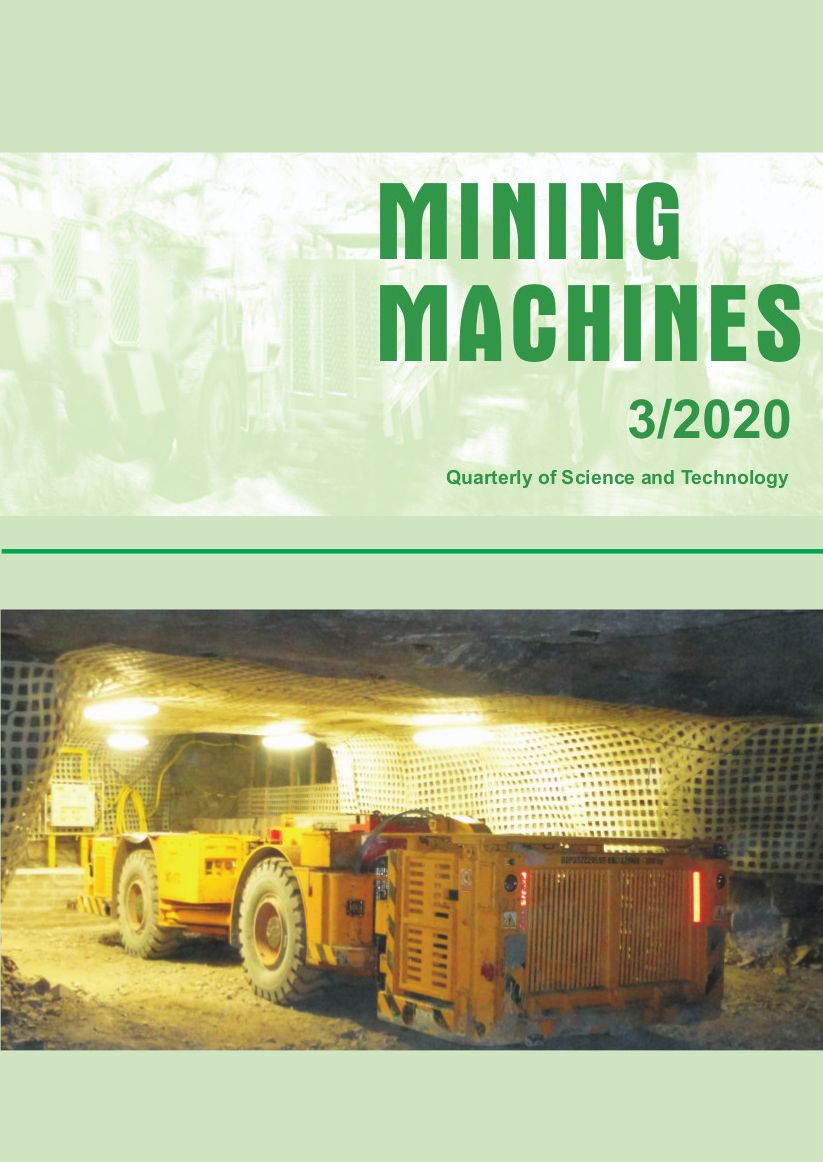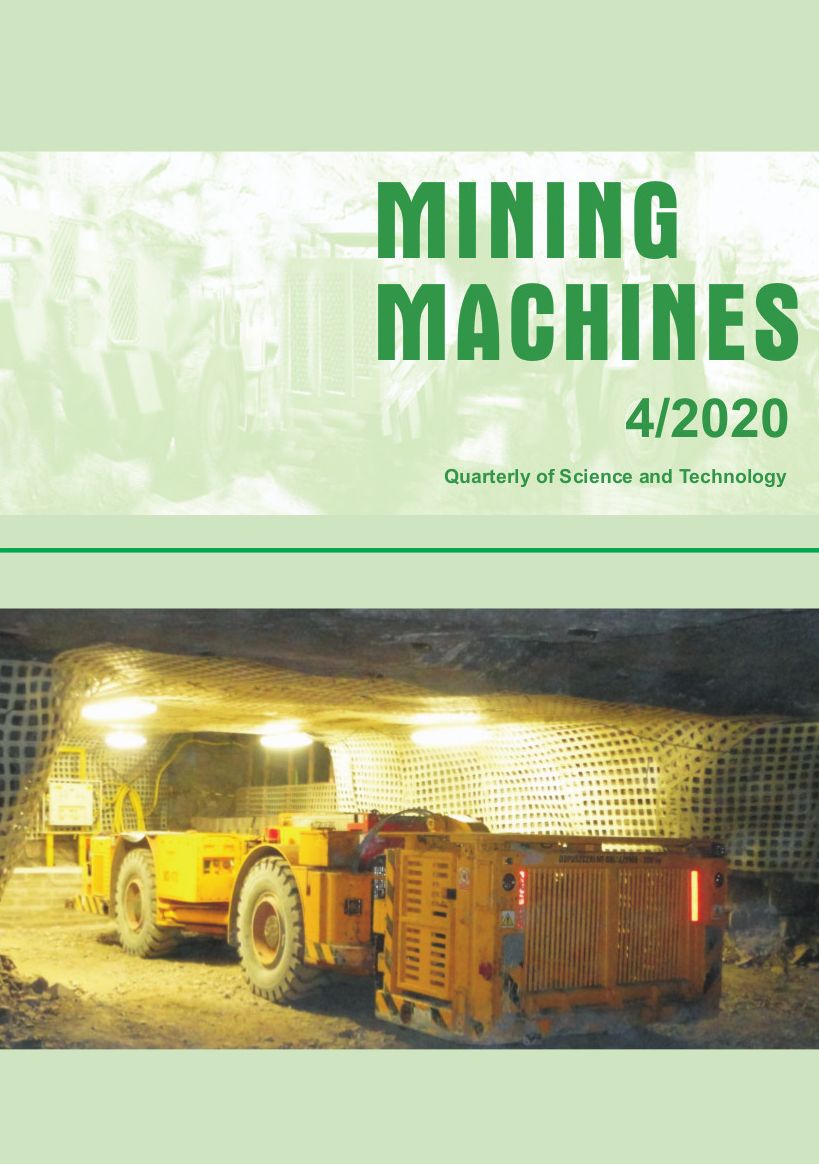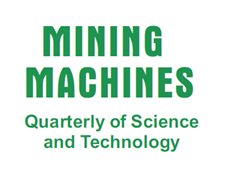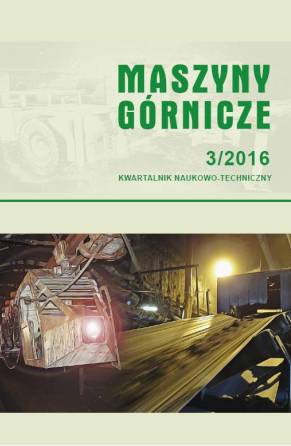Editor – in – Chief: Roman Dychkovskyi, Dnipro University of Technology,
National Mining University of Ukraine, UKRAINE
Vice Chief Editor: Dariusz Prostański, KOMAG Institute of Mining Technology, POLAND
Managing Editor: Adrianna Kalita, KOMAG Institute of Mining Technology, POLAND
Managing: Bogna Kolasińska, KOMAG Institute of Mining Technology, POLAND
Technical Editor: Bogna Kolasińska, KOMAG Institute of Mining Technology, POLAND
Open Access Leader: Adrianna Kalita, KOMAG Institute of Mining Technology, POLAND
Cover Designer: Bogna Kolasińska, KOMAG Institute of Mining Technology, POLAND
THEMATIC EDITORS
Scientific discipline
ENVIRONMENT ENGINEERING, MINING AND POWER ENGINEERING
Greg Galecki, Missouri University of Science and Technology, UNITED STATES
Carsten Drebenstedt, Technische Universität Bergakademie Freiberg, GERMANY
AUTOMATION, ELECTRONICS AND ELECTROTECHNICS
Joel M. Haight, University of Pittsburgh, Pittsburgh, UNITED STATES
Krzysztof Fujarewicz, Silesian University of Technology, POLAND
MECHANICAL ENGINEERING
Brian D. Ricketts, European Association for Coal and Lignite (EURACOAL), BELGIUM
Jarosław Brodny, Silesian University of Technology, POLAND
Pavol Bozek, Slovak University of Technology in Bratislava, SLOVAK REPUBLIC
ENGLISH LANGUAGE EDITOR
Dominik Brandys, University of Washington in Seattle, UNITED STATES
STATISTICAL EDITOR
Jaroslaw Tokarczyk, KOMAG Institute of Mining Technology, POLAND
PUBLISHER AND CONTACT
KOMAG Institute of Mining Technology
Pszczyńska 37
44-101 Gliwice, Poland
E-mail of Editorial Office: This email address is being protected from spambots. You need JavaScript enabled to view it.
Editor – in – Chief: phone: 38 0985233306, e-mail: This email address is being protected from spambots. You need JavaScript enabled to view it.
Vice Chief Editor: phone: 32 2374600, e-mail: This email address is being protected from spambots. You need JavaScript enabled to view it.
Managing Editor: phone: +48 32 2374695, e-mail: This email address is being protected from spambots. You need JavaScript enabled to view it.
phone: +48 32 2374563, e-mail: This email address is being protected from spambots. You need JavaScript enabled to view it.
http://komag.eu/publications/mining-machines/editorial-office
